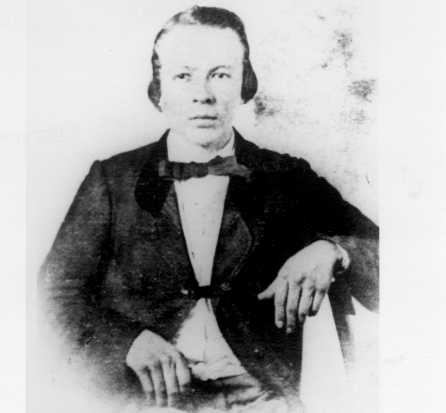Before the sessions started, I ran into an old friend of mine, Kelly, who mentioned that Agile has reached a "tipping point" with the big companies. They used to just ignore Agile, but now after hearing so many success stories, the big boys are telling their IT departments to do this Agile thing - now.
The food was amazing - great breakfast food and lunch.
Matt Roberts, president of Agile Austin started the day.
A sellout crowd of 400 people attended.
David Hussman, aka, "The Dude" gave the keynote. My take of his message: Agile is like musicianship - it takes lots of practice, jamming, listening, learning, repeating.
(He also said humans have played 200,000 years of Angry Birds).
He reiterated the cost of context switching - if you're shoveling three piles of dirt around context switching is not hard; if you're juggling 3 different projects, it's very costly.
"Slack" by DeMarco was a recommended book.
Chris Weldon spoke on How to Enable Your Team to Continuously Deliver Softer.
What make Agile work?
Teams must be highly motivated and stay together. If the teams are constantly being reformed around projects, they don't have time to develop trust and learn their velocity.
Business partners must be fully engaged.
Attention to getting things done, before starting something new.
Technical excellence and quality.
What makes Agile fail?
local optimization.
Mike Cottmeyer spoke on Patters for Agile Adoption
Walter Bodwell talked about Deploying Often. I liked his talk since he was speaking from his own experience of deploying software everyday. One of the advantages of Continuous Delivery is that if you have problems one day, it's probably last night's software changes - you don't have to sort through six months of changes.
George Miranda spoke about IT Infrastructure Automation
Automation + Culture = Agility.
The natural tension between IT and Dev:
Dev's job is to add new features. IT's job is the keep the machines fast and stable.
Really both department's job is to enable the business.
My take on conferences like this: 85% of my time in sessions will be wasted. 15% will be well spent. Some of the most interesting things happen in the hallway. The boring sessions are even good because my mind wanders to my current work project and what needs to be done in the broader scope.














